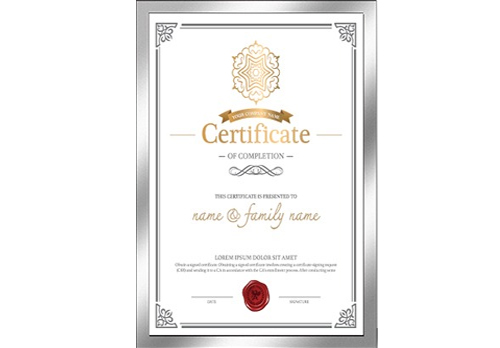Gas pressure reducers are indispensable tools that ensure safety and efficiency across multiple industries. By controlling and stabilizing gas pressure, they protect equipment, optimize performance, and maintain safety standards. As technology advances, the design and functionality of these devices continue to evolve, making them even more effective and adaptable to the diverse needs of various applications. Understanding the importance and operation of gas pressure reducers is essential for professionals across fields who rely on gas systems in their operations.




